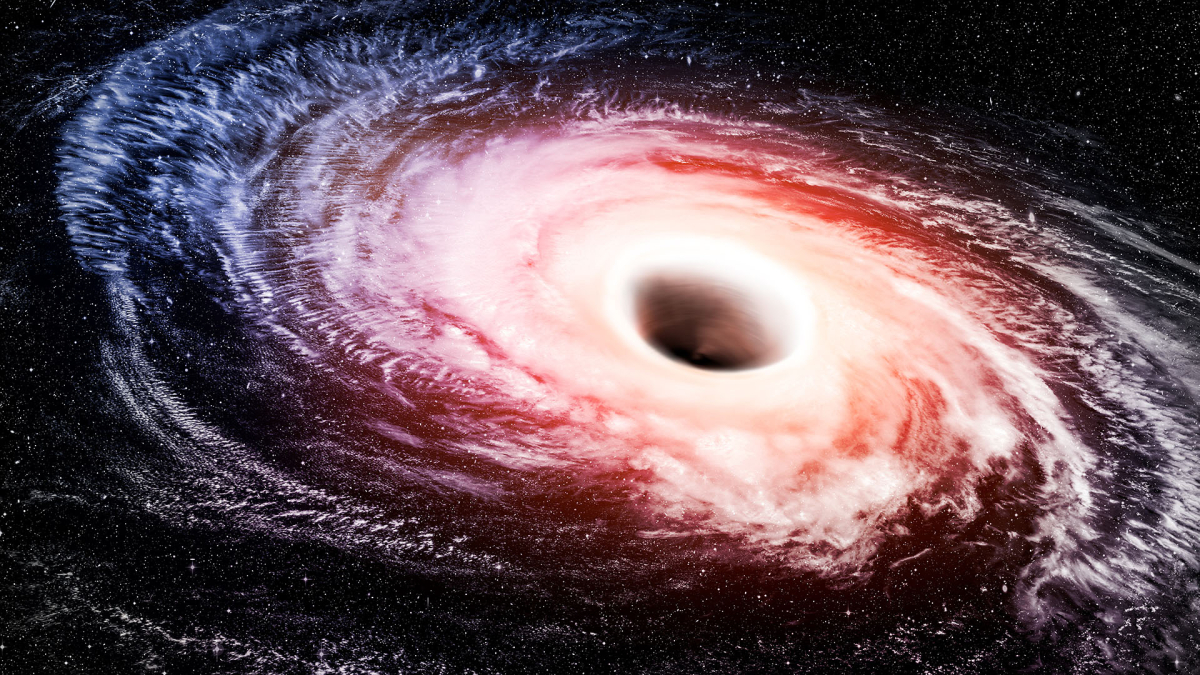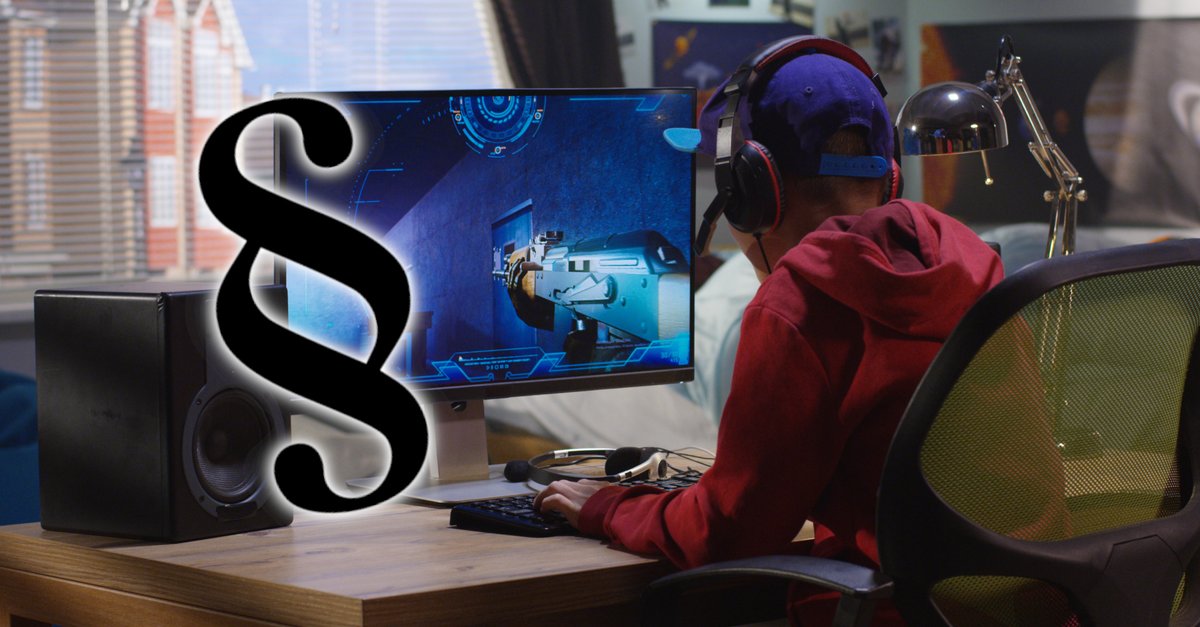This Nasa animation shows the actual dimensions
Just recently, researchers discovered a giant black hole the size of 20 million suns that appears to have “escaped” its host galaxy. Now shows one Nasa animation ten gigantic black holes ranging in mass from 100,000 to more than 60 billion solar masses.
They occupy the centers of their galaxies, including the Milky Way and M87, and are scaled according to the size of their shadows – represented by a circular zone roughly twice the size of their event horizons. The camera begins near the Sun and gradually zooms out to reveal and compare increasingly larger black holes to various structures in our solar system.
Not all supermassive black holes are the same. The animation compares them to our solar system and to each other. “Direct measurements, many made with the help of the Hubble Space Telescope, confirm the presence of more than 100 supermassive black holes,” said Jeremy Schnittman, theorist at NASA’s Goddard Space Flight Center in Greenbelt, Maryland. “How do they get so big? When galaxies collide, their central black holes eventually coalesce as well.”
The animation shows 1601+3113 first, a dwarf galaxy that hosts a black hole with the mass of 100,000 suns. Matter is so compressed that even the black hole’s shadow is smaller than our sun.
Our galaxy’s supermassive black hole, Sagittarius A*, captured by the Event Horizon Telescope lens (Photo: EHT Collaboration)
Only one of these colossal objects is at the center of our galaxy, 26,000 light-years away: Sagittarius A*, a black hole of unimaginable mass. Its tremendous gravity affects an extremely reactive region where energetic emissions occur. Nearby stars are moving at high speed. The diameter of its shadow is about half the orbit of the planet Mercury in our solar system.
Editor’s Recommendations
The gravity of these objects is so incredibly strong that not even light can escape from them. Because of this, it was long considered impossible to take a photograph of the supermassive black holes. However, the Event Horizon Telescope (EHT), a network of several radio telescopes, only recently managed to take a direct look at the black hole at the center of our galaxy: Sagittarius A*. Although the image does not show the black hole itself, its “shadow” is clearly visible as a dark area within a bright ring of hot orbiting gas.
Smaller black holes are shown in blue in the Nasa animation because their gas is believed to be hotter than that orbiting the larger one. Scientists believe that all of these objects glow most intensely in ultraviolet light.
The NASA animation also shows two giant black holes in the galaxy NGC 7727. They’re about 1,600 light-years apart, with one weighing 6 million solar masses and the other more than 150 million suns. Astronomers predict the pair will be converging and merging within the next 250 million years.
Seen at a larger scale of the animation is M87’s black hole, which has a mass around 5.4 billion suns and a shadow so large that even a ray of light traveling at 670 million miles per hour (1 billion km/h) takes about two and a half days to cross it.
TON 618, one of the few extremely distant and massive black holes where astronomers have been able to make direct measurements, is the crowning glory of the video. This behemoth has more than 60 billion solar masses and a shadow so large it would take a ray of light weeks to traverse it.



